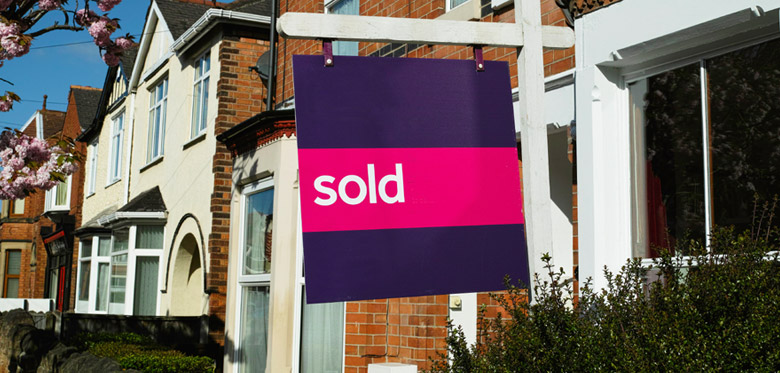It was recently announced that interest rates would remain unchanged. The Bank of England has maintained the bank rate at 5.25% to encourage saving and curb inflation. However, this decision means the housing market remains out of reach for many, especially first-time buyers. The average two-year fixed rate is now 5.93%, while the average five-year fixed rate is 5.50%. Additionally, Zoopla has reported that a household income of £60,000 is needed to get on the property ladder (June 2024).
Here we explore, what help there is for first-time buyers wanting to escape the ever-increasing costs of the rental market. The cost of renting a property has increased dramatically as the number of landlords in the market contracts.
Five initiatives to help first-time buyers
1. Many first-time buyers struggle to save for a deposit, especially during the cost of living crisis making it especially tough to get the money needed together. The Mortgage Guarantee Scheme is an initiative designed to help people purchase homes with a smaller deposit, typically 5% of the property value. The scheme aims to make home-ownership more accessible, especially for first-time buyers, by reducing the deposit required to secure a mortgage. Under the scheme, the government provides a guarantee to lenders on a portion of the mortgage, effectively covering 15% of the loan amount. This reduces the risk for lenders, encouraging them to offer 95% loan-to-value (LTV) mortgages. There are some criteria around this scheme, but where lenders participate in this it could help.
The main criteria to be aware of are:
- The property must be in the UK and have a value of £600,000 or less
- The mortgage must be taken out by an individual or individuals, rather than a company
- The mortgage must be for the purchase of a residential property, not a second home or buy-to-let investment
- The borrower must be able to afford the repayments based on the lender's affordability criteria
This scheme has been extended until 2025, it must be considered carefully in the light of the risk of negative equity and the higher interest rates that are payable when you have less equity in your property. Where this scheme is used the loan to value ratio would be 95% which means lenders will charge at higher rates.
2. The First Homes Scheme is a government initiative designed to help first-time buyers and key workers purchase a home at a discounted price. The primary aim is to make home-ownership more accessible to first-time buyers and key workers. The scheme offers new build homes at a discount of at least 30% off the market value. In some areas, this discount can be as high as 50%. After the discount, the initial sale price of the property must not exceed £250,000 outside London and £420,000 in London. However, it is important to note that when the homeowner decides to sell the property, the same discount will be passed on to the next eligible buyer. To be eligible you must not have owned a property before, your household income must be below £80,000 (or £90,000 in London). Some local authorities may give priority to people with a local connection to the area, such as current residents or workers.
You should be aware that, if the housing market declines, the value of the property (even with the discount) might not increase as expected, potentially affecting equity. Additionally, some lenders might view discounted properties as higher risk, potentially leading to stricter mortgage conditions or higher interest rates. This scheme also does not remove the need to have a deposit, but it is likely to be smaller due to the discount.
3. First-time buyers are eligible for stamp duty relief first-time buyers pay no stamp duty on the first £300,000 for properties worth up to £500,000. For properties costing more than £500,000, normal stamp duty rates apply. Visit our conveyancing calculator for a quote.
4. You can use a Lifetime ISA (Individual Savings Account) to buy your first home or save for later life. To open a Lifetime ISA, you must be between 18 and 39 years old.
You can contribute up to £4,000 each year until you turn 50. Your first payment into the ISA must be made before you turn 40.
The government will add a 25% bonus to your savings, up to a maximum of £1,000 per year. You can withdraw funds from your savings to purchase your first home, which is an eligible reason for withdrawal.
5. Shared ownership is becoming the most realistic option for many people who are struggling to afford to buy their own home, usually because of high property prices and mortgage lending limits. There are currently a variety of schemes already in existence, and more may well be established. All schemes have common features, such as the buyer paying a reduced percentage share of the property. For example, if the property is valued at £100,000, the buyer may purchase a 40% share for £40,000. The remaining percentage is retained by the HA or RSL and the buyer will pay an annual rent on that share. Find out more about shared ownership conveyancing.
Stephensons have helped thousands of first-time buyers move home, contact us today to see how we can assist as we have vast experience of the different government schemes. We are proud to offer first-time buyers a 10% discount off our solicitors’ fees.




Comments